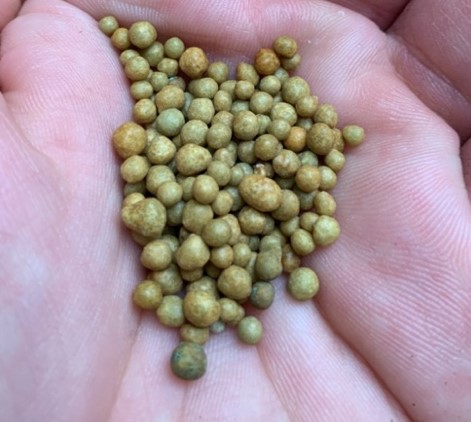A good potting medium, just like a good garden soil, must meet all of the basic plant requirements. The potting medium needs to supply plants with a means of support, good drainage, adequate air circulation, and storage of water and nutrients. Mineral‐based soils are not recommended for container plants because they physically do not hold up well under repeated waterings and will rapidly become very compacted. The packaged potting mediums have been developed specifically to fulfill the needs of containerized plants. Since state and federal regulations do not govern potting soil quality, it may be advisable to purchase mixes designed for the professional grower.
Growing media labeled as “potting soils” are often a mixture of organic and inorganic materials and may include peat moss, bark, sand, compost and vermiculite. They may or may not be sterilized (heated to about 180°F to kill microorganisms and weed seeds). Heavy mixes that do contain some sand or mineral soil are especially suitable for large or top‐heavy houseplants.
“Soilless mixes” as their name implies do not contain any soil mineral particles (i.e. sand, silt or clay). Sometimes they are called peatlite mixes, as peat moss is a primary component. Other common ingredients include perlite, vermiculite, sphagnum moss and composted softwood bark. Soilless mixes are extremely lightweight, moisture and nutrient retentive, and usually sterilized. They can be used for almost all containerized plants, indoors or outside. Finer textured versions are sold as seed‐starting media.
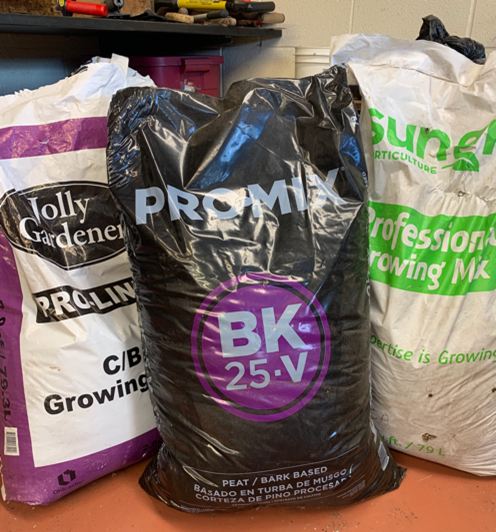
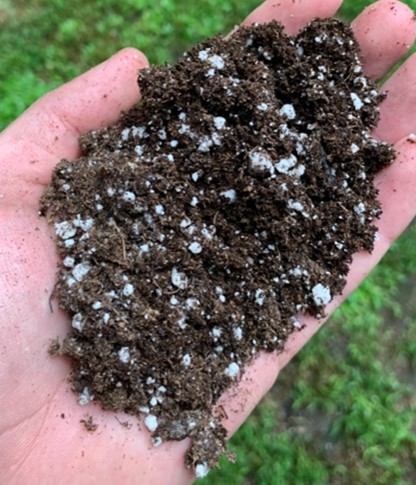
Sometimes potting soils or soilless mixes are modified further to meet the growing requirements of certain plants. Some examples are African violet soil, cactus soil, orchid bark, etc.
Although a starter fertilizer charge may be present in the potting mix, the nutrients will soon be used up and plants will need a regular source of nutrients for growth and development. Nutrient requirements can be met with either organic or synthetic fertilizers.
Also, the pH of the growing medium may need to be monitored and adjusted according to the specific requirements of the plant. Soilless media are generally kept at a pH between 5.5 to 6.0 while the mixes that contain soil are best maintained at a pH ranging from 6.0 to 6.5. Ground limestone or sulfur can be used to adjust the pH.
Always moisten a potting medium with warm water before using. Do this because the organic materials become hydrophobic or water‐repellent when dry. Plants potted in dry medium and then watered will have inconsistent moisture levels in their root zones and will take longer to get established.
Use a mineral soil based potting medium for larger houseplants where repotting is difficult and not performed on a regular basis. This type of planting medium will buffer some of the deleterious changes that occur in a potting mix over time. Plan on repotting smaller plants every year or so. Even the best potting mediums eventually degrade.
TYPICAL INGREDIENTS IN A POTTING MIX MAY INCLUDE:
- Peat moss– organic product mined from decomposing plants, most often mosses, in a boggy area. The characteristics of the peat may vary slightly depending on the species of plant that was growing in that area.
- Sphagnum moss– several species of moss that inhabit bogs. It may be sold as green and living, or brown and dried, and is used for plants requiring moist growing mediums with excellent aeration. Most often it is encountered dried and milled in seed starting mixes because of its antifungal properties.
- Bark products– ground and/or partially composted byproducts of the timber industry. This is a less expensive alternative to peat moss. Bark products have better aeration properties, but they dry out quicker than peat moss.
- Perlite– white, volcanic rock that was crushed and heated. The heating causes it to expand. It is non‐ toxic, sterile and odorless. Perlite is used to improve drainage and aeration.
- Styrofoam– an inexpensive substitute for perlite. Beads of Styrofoam help aerate potting mixes and serve as a space filler. Being extremely lightweight, they tend to float to the surface when watered. Also, unlike perlite, styrofoam will compact over time.
- Vermiculite– very light, greyish puffy substance that forms when mica chips are heated. Vermiculite contains some potassium, magnesium and calcium that will slowly become available. It is used to increase moisture and nutrient retention in mixes.
- Water retention crystals– small translucent granules that can absorb many times their weight in water, maybe up to 500 times. Nontoxic, non‐ biodegradable and pH neutral polymer that has a lifespan of about 5 years. They are used to reduce the frequency of waterings. If adding to an existing potting medium, you should always moisten before using and add in accordance to the manufacturer’s directions.
- Coarse sand– large sand particles added to improve drainage and weight to a potting mix. It is most often found in potting soils used for succulent species (e.g., cacti). Only washed or horticultural grade sand should be used in potting mixes.
The bottom line is that packaged potting media are cheap compared to the money and time you spend on your plants. It is false economy to let your plants languish in an inferior The information in this material is for educational purposes. The recommendations contained are based on the best available knowledge at the time of printing. Any reference to commercial products, trade or brand names is for information only, and no endorsement or approval is intended.
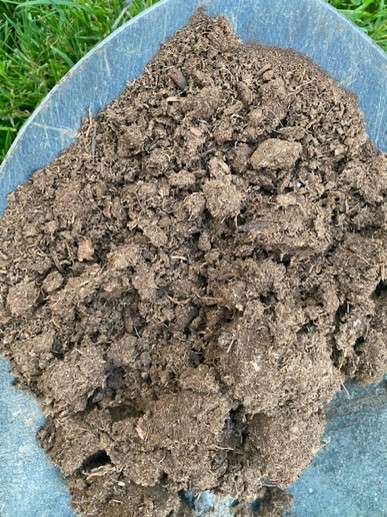
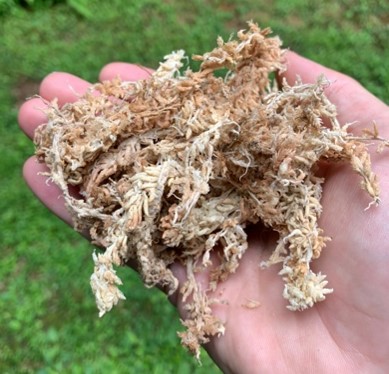
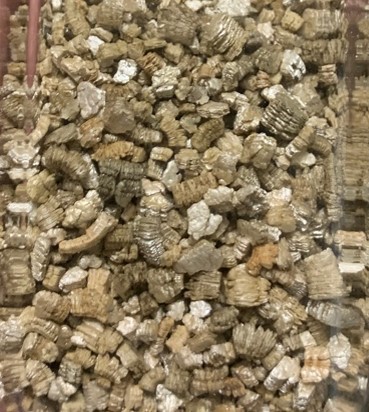

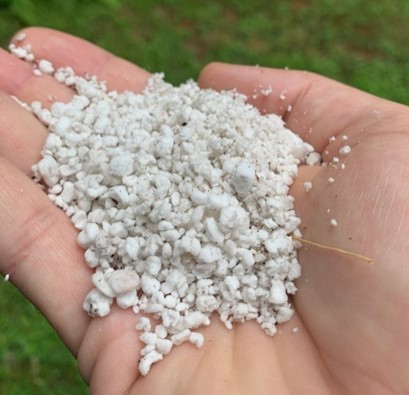
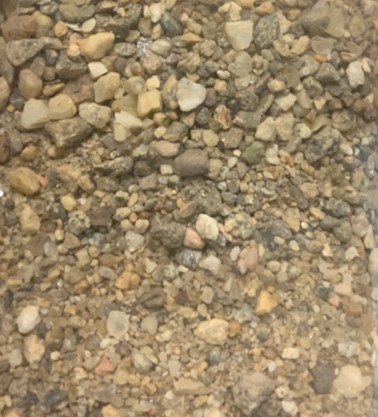
By Dawn Pettinelli, Associate Extension Educator, PSLA 2007. Updated and photos by Carl Johnson, 2020
Questions? Contact:
UConn Soil Nutrient Analysis Laboratory
Department of Plant Science and Landscape Architecture
Phone: 860.486.4274
Email: soiltest@uconn.edu
Website: soiltesting.cahnr.uconn.edu
UConn is an equal opportunity program provider and employer.
©UConn Extension. All rights reserved.
